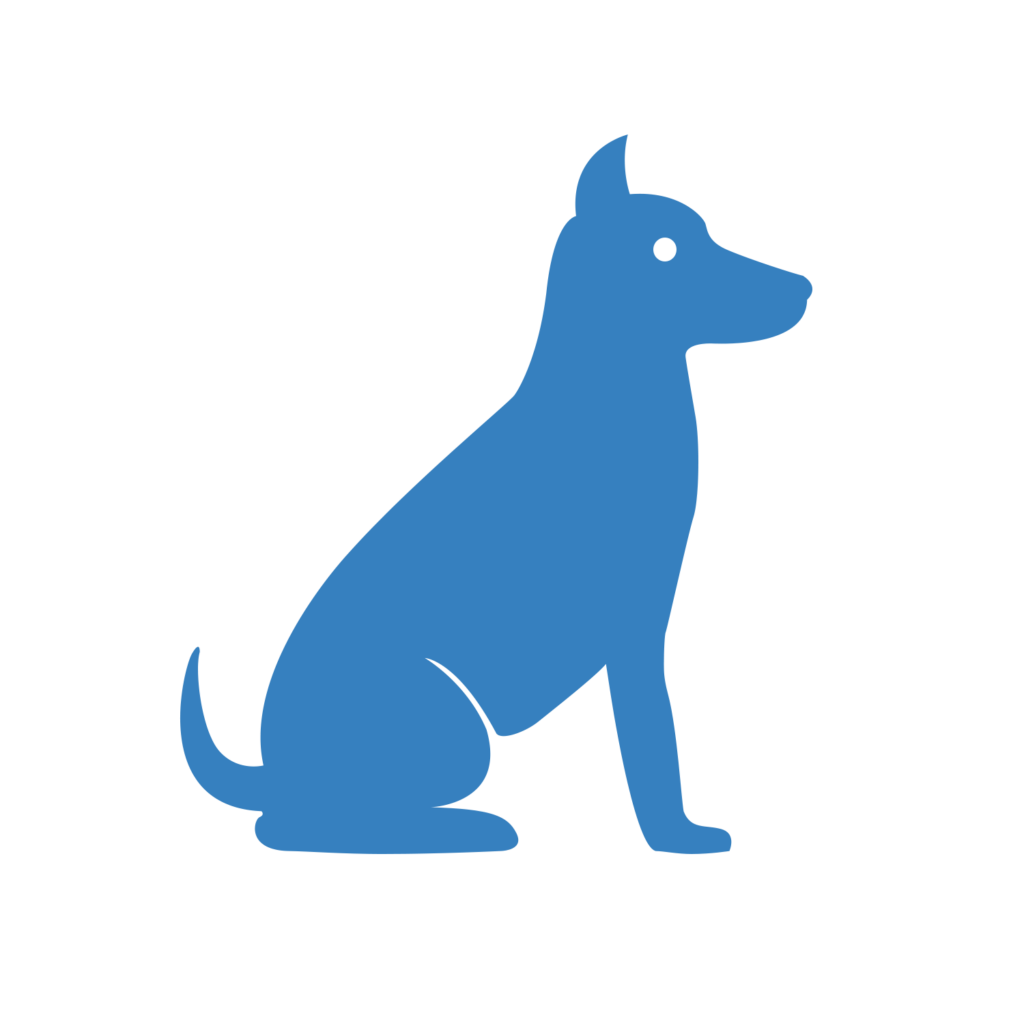

Hereditary Cataracts (HSF4)
Turnaround: 3-5 business daysTurnaround: 7-10 business days
Price: $45.00Price: £40.00
Breeds: Aussiedoodle, Australian Mix, Australian Mountain Dog, Australian Mountain Doodle, Australian Shepherd, Australian Shepherd/Border Collie, Miniature American Shepherd, Miniature Australian Shepherd, Mixed Breed, Toy Australian Shepherd, Unspecified
Description
Hereditary Cataracts (HC) is a disease where the lens of the eye becomes clouded due to a breakdown of tissue in the eye. This condition generally results in an inability to see clearly and can cause total blindness. In canines, cataracts are often passed down from the parent; this type is known as Hereditary Cataracts. A mutation in the HSF4 gene causes this type of cataracts in several breeds of dogs. The HSF4 gene provides instructions on how to create an important protein that regulates reactions to heat and stress.
In this case, the dog is typically affected bilaterally, which means that both eyes are affected by the cataracts. The cataracts associated with the HSF4 gene occur on the back of the lens (in the posterior region). They usually start small and grow progressively. It’s important to note that the speed of growth is highly variable depending on the dog. Some cataracts will grow so slowly that the dog's vision remains relatively clear, while others will grow such a way that the dog will quickly go blind. Corrective surgery is possible, though it is costly and is not always effective.
A mutation of the HSF4 gene is linked to a form of Hereditary Cataracts in Australian Shepherds. This mutation affects Aussies differently than Boston Terriers, French Bulldogs and Staffordshire Bull Terriers. HC is dominant but not completely penetrant. This means that only one copy of the mutation is necessary to predispose a dog to the disease. However, incomplete penetrance means that a dog that has this mutation will not always develop HC. Research suggests that the mutation makes a dog 12 times more likely to develop posterior bilateral cataracts at some point in their lifetime. It is likely that a secondary gene interaction occurs in the small percentage of dogs possessing the HC mutation but does not develop cataracts. This interaction is not yet understood.
It should also be noted that not all cataracts are hereditary. Cataracts can also be caused by old age or injury. Also, cataracts that occur in different regions of the lens can also be hereditary, however, are not attributed to this gene mutation.
Possible Results
| Genotype | Description |
|---|---|
| HC/HC | At Risk: Dog has two copies of the HSF4-HC gene mutation. Dog is more likely to develop bilateral posterior cataracts and will always pass the mutation to offspring. |
| n/HC | At Risk: Dog carries the HSF4-HC gene mutation. Dog is more likely to develop bilateral posterior cataracts and may pass the mutation to offspring. |
| n/n | Clear: Dog is negative for the HSF4-HC gene mutation associated with bilateral posterior cataracts. |
Reference
Mellersh CS, Graves KT, McLaughlin B, Ennis RB, Pettitt L, Vaudin M, Barnett KC. Mutation in HSF4 associated with early but not late-onset hereditary cataract in the Boston Terrier. J Hered. 2007;98(5):531-3. [PubMed: 17611257]
Mellersh CS, Pettitt L, Forman OP, Vaudin M, Barnett KC. Identification of mutations in HSF4 in dogs of three different breeds with hereditary cataracts. Vet Ophthalmol. 2006 Sep-Oct; 9(5):369-78. [PubMed: 16939467]